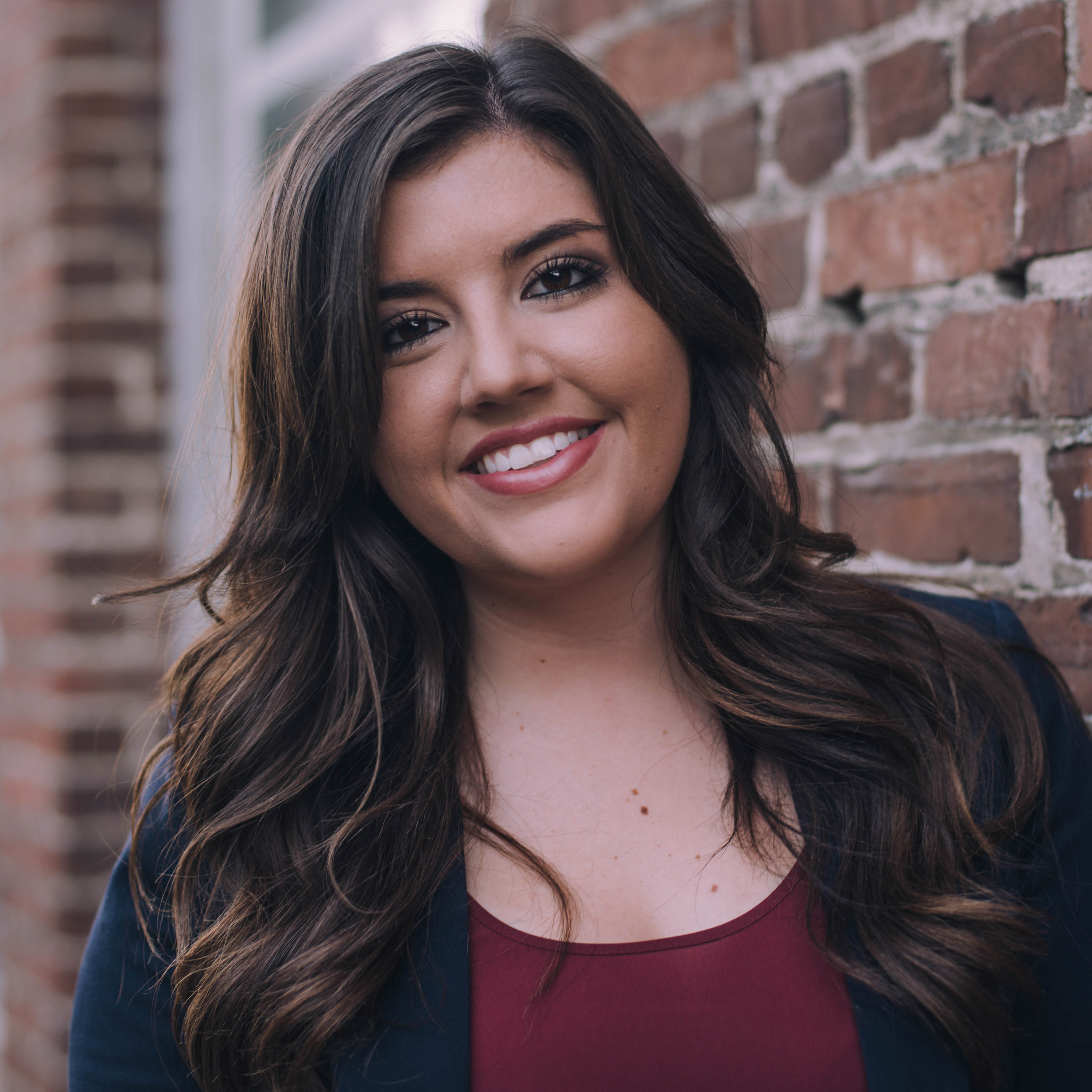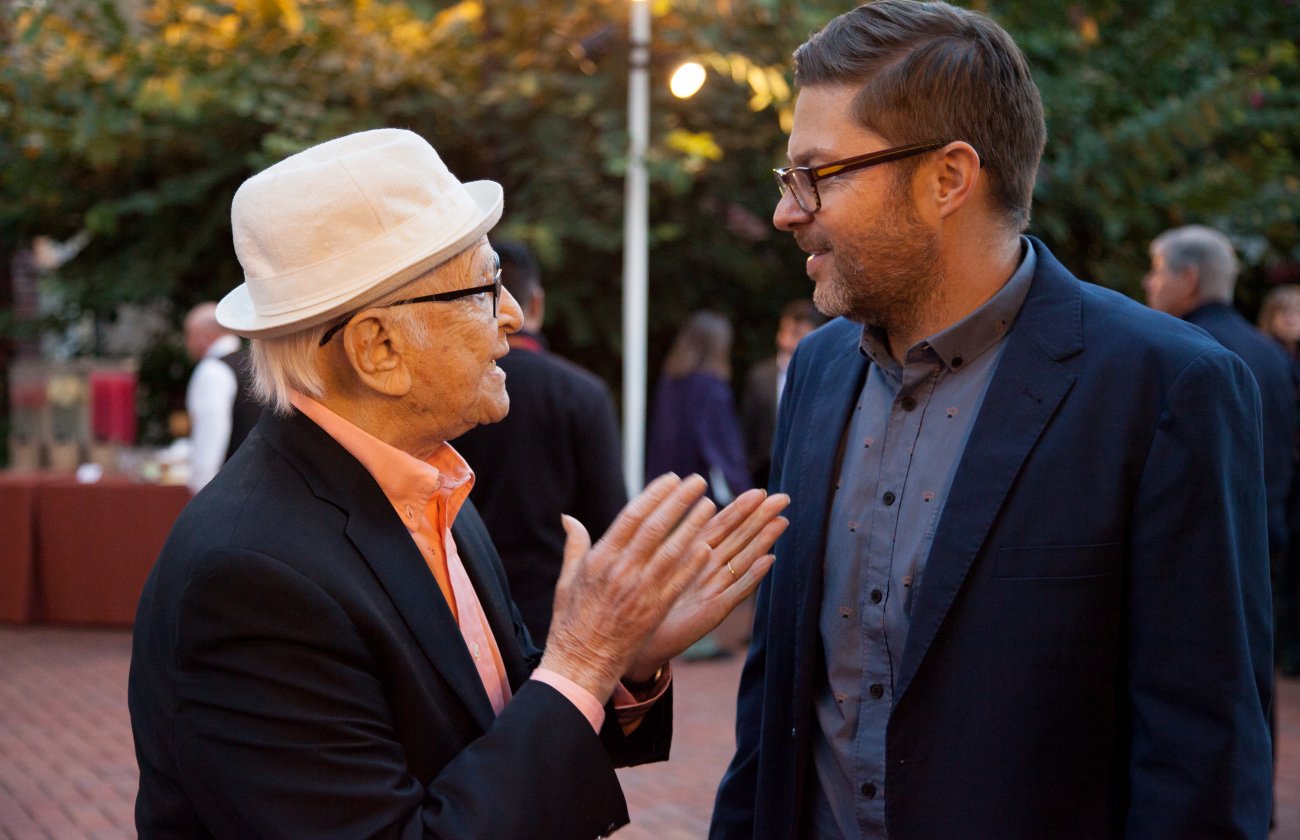At USC Annenberg, we don’t just cover the news, we make it. “Quoted: USC Annenberg in the News” gathers a selection of the week’s news stories featuring and written by Annenberg’s leaders, faculty, staff and others.
For Modern Women, 'Ladylike' Means Strong And Sporty
Annenberg School of Communication Director and Professor Sarah Banet-Weiser spoke with NPR about the shift in “ideal” female body type from being very skinny to being healthy and fit. “That notion that we should be strong and that our own self-empowerment comes from strength is trending, if you will,” Banet-Weiser, who is currently working on a book about female empowerment, said. However, she added: “If we're emphasizing being fit and being healthy and playing sports, I think that's a good thing. But I think we can't just say we're in a better place. We're in a different place, and we have different things to work on.”
Days of the dead: Time to say 'enough' to extreme narco-culture?
An essay written by Associate Professor Josh Kun was quoted in a Los Angeles Times story about Mexican narco-culture. In the essay, he cites Tijuana writer Heriberto Yépez who argues that “Mexico's cartels have gone from being an economy to becoming an ideology that saturates society.” “The term narco can refer to both 'drug trafficker' (el narco) and 'drug life' in general (lo narco),” Kun wrote. “For Yépez, narco was once a prefix, an adjective that described an aspect of Mexican culture. Now it is Mexican culture; 'narco and culture are synonyms.' "
Long vote-by-mail tallies change the art and science of conceding
Professor Tom Hollihan was quoted in a San Jose Mercury News story about how longer periods for vote tallying affect political candidates’ decisions to concede. “You don't want to either concede or claim victory before it's certain, but particularly it's worse to concede too early,” Hollihan said. But, he added that concession speeches are “places candidates gain grace points for style and courtesy,” especially if they intend to continue working in politics.
Why Mel Brooks and Bill Moyers Will Always Idolize Norman Lear
A Huffington Post story quoted Professors Marty Kaplan and Richard Reeves about Norman Lear and his Lifetime Achievement Award from PEN USA.
“He opened up the most popular medium in history to a range of topics, and to a kind of discourse, that had never been part of that mass culture,” Kaplan, who is the director of Annenberg’s Norman Lear Center, said. “[‘All in the Family’] is without question the most influential entertainment program in the history of American television.”
The story commended Lear’s sensitization of the newsroom through his shows and Reeves noted that he “heard people tell about sitting and watching [Lear’s] shows who now have a voice in the public dialogue.”
Lessons Learned After Merging Broadcast, Writing, Digital Classes at USC
Associate Professor Amara Aguilar wrote a story for PBS’ MediaShift about teaching her Digital News Immersion class alongside adjunct professors John Cyrus Smith and Nomi Morris.
The course combines broadcast, print and digital journalism and is taught as part of the nine-month master’s program in specialized journalism. Aguilar wrote that teaching with two other instructors was a challenge because all three instructors had a lot to say about their area of expertise.
“I think it’s been really chaotic, but so is the news business,” Morris said. “It’s a great real-world, hands-on type of experience right from the get go.”
They all agreed that the class became more cohesive throughout the semester and they were all able to grow from the experience.
“Three heads are better than one,” Smith said. “No one knows everything. I learn from [my colleagues] just like I learn from my students.”
Four Iconic Books in the Landscape of L.A. Letters
Assistant Dean of Public Affairs and Special Events Jeremy Rosenberg’s new book “Under Spring” was featured in KCET’s “LA Letters” column.
“Rosenberg's experimental narrative weaves all of these voices together to tell the tale of the transformation of space beneath the North Spring Street Bridge adjacent to the Los Angeles River,” columnist Mike Sonksen wrote. “Essentially the book is an oral history of the years Rosenberg spent documenting the spaces' transition from a no-man's land to an experimental art project with dynamic live events.”








